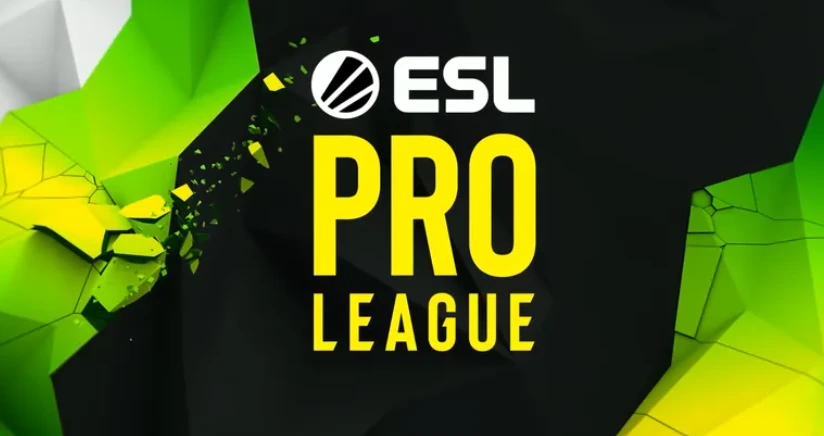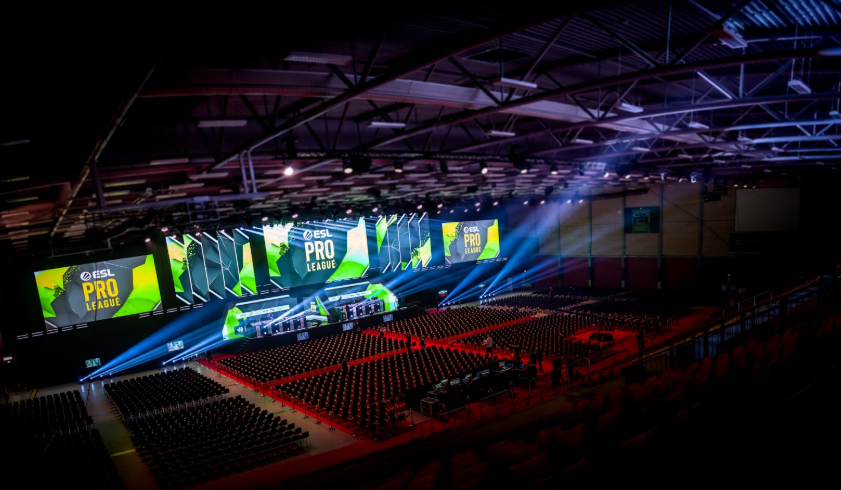In July 2025, ESEA (E-Sports Entertainment Association) officially announced a series of structural adjustments aimed at optimizing the ESL Pro League (EPL) promotion system. This reform not only reshaped the promotion mechanism in North America and Europe, but also introduced the CS2 coaching function for the first time and aligned with the new rules of Valve’s official tournament ranking system (VRS). These changes indicate that ESEA is actively reshaping its ecological niche to better meet the professional league standards of the CS2 era.
Multi-channel promotion paths replace the old single-track system
ESEA’s original promotion system has remained basically unchanged since 2015, but with the launch of the VRS system and changes in regional competitiveness, the old system has been unable to meet development needs. In this reform, ESEA has added multiple promotion paths based on the original Premier League, including:
ESL Challenger League (ECL) points ranking
Cross-regional promotion quota (intercommunication between North America and Europe)
More frequent playoffs (two seasons per year)
Special channel for open events (invited teams and winners of open events can directly enter)
This diversified promotion mechanism not only breaks down regional barriers, but also gives more T2 teams the opportunity to stand on the EPL stage.
The coach function officially returns to the CS2 ESEA competition platform
Another key update is that ESEA officially launched the coach function on the CS2 platform to fill the gap in the tactical guidance function that has been missing for a long time since CS2 went online. Specifically include:
Watching authority setting: coaches can watch and guide the team during the game
Voice calls are open during tactical pauses: communication with players is allowed during pauses
Anti-cheating mechanism is upgraded simultaneously: to prevent the coach function from being abused.
The return of this function is generally welcomed by professional and semi-professional teams, and it is also further aligned with the coaching rules of large events such as ESL and BLAST.

VRS Compliance: Transparent, Fair and Regionalized Unified Standards
The Valve Regional Standings system launched by Valve in early 2025 requires third-party events to follow a more unified and transparent set of promotion and points standards. ESEA’s reform clearly stated that all new promotion paths and points calculation methods will fully comply with VRS standards, covering the following core requirements:
VRS points must be generated every season
Schedules, points and rules must be made public
Unfair invitation mechanisms must not be set up
This means that ESEA’s event results will directly affect the team’s invitation qualifications in Valve’s official events (such as Majors).

Data and Impact: Who will benefit from it?
From the official information released by Dust2.us and HLTV, this reform may have the most far-reaching impact on the following groups:
North American teams: Due to the high promotion threshold and low event quality of the original system, North America has long been in a state of “talent loss”. The new system increases the probability of North American teams advancing, which may lead to the revival of local competition.
European T2 teams: More cross-regional opportunities mean that medium-sized teams can directly advance through challenge matches or points matches, alleviating the “closed” problem caused by the top invitation mechanism.
Grassroots teams: The new open tournament channel, combined with coaching support, will provide a more professional competitive environment for emerging teams.
Dust2.us quoted the head of ESEA operations as saying: “Our goal is to ensure that every team that works hard can have a visible promotion channel.”
This series of reforms is not only an update of the competition system, but also reflects the trend that the e-sports league is gradually moving from a “closed invitation system” to an “open points system” and “regional fair distribution”. Especially after the launch of the VRS system, third-party event organizers must adjust their operating strategies to avoid being excluded from the official ecosystem. This compliance and transparency is expected to promote the maturity of the CS2 professional system.
Conclusion: ESEA may be reborn in the new season
On the whole, ESEA’s reform not only responds to the long-standing criticism of the community and players on the opaque promotion path and closed system, but also further strengthens its role in the ESL ecosystem. By connecting with VRS, restoring the coaching function, and introducing cross-regional promotion, ESEA is expected to re-establish its dominant position in T2 events in the second half of 2025.
As the CS2 ecosystem gradually stabilizes, such reforms may become the standard paradigm for future event organization.
For more information and CS2 event, please follow our site and blog.

